Homage to New York: JFK’s New Terminal 6
Share
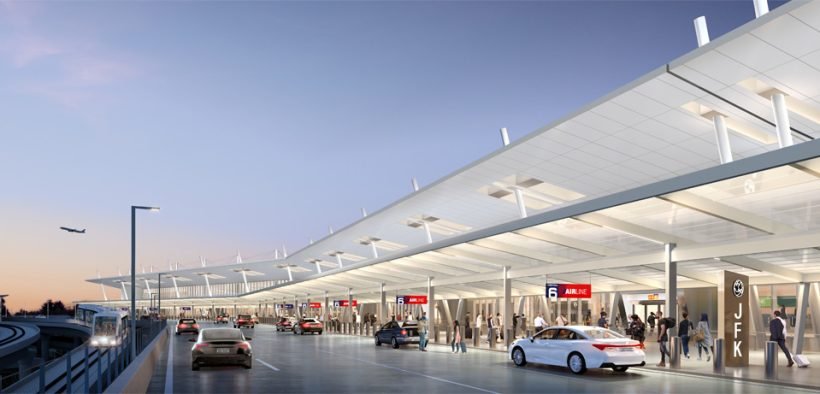
Corgan’s Joseph Adams tells us more about what we can expect from John F Kennedy International Airport’s new Terminal 6.
The 1.2 million square-foot expansion promises to deliver an evolution in passenger experience and transform the airport into an unrivalled global gateway.
The undertaking offers a world-class facility in a well-choreographed artistry of technology, efficiency, and innovation, wrapped in a distinctly New York experience.
The development and long-term operations of Terminal 6 are managed by JFK Millennium Partners (JMP), a consortium that is led by Vantage Group, together with American Triple I, RXR Realty, and JetBlue.

With this development, JMP and PANYNJ sought to not only meet the airport’s evolving infrastructure need but elevate the traveller’s journey.
The new $4.2 billion terminal will accommodate cutting-edge technology, exceed sustainability goals, maximise community engagement, and support increasing guest traffic.
JMP tapped construction management company AECOM Hunt, with global architecture and design firm Corgan, to manifest an ambitious concept that envisioned the energy and poetry of E.B. White’s New York. The dream took off from there.
Terminal 6 will be connected both airside and landside to Terminal 5 – the home of JetBlue, New York’s hometown airline – enabling seamless international-to-domestic transfers.
The terminal anticipates the operational demands of long-haul travel and allows carriers to co-locate and connect with JetBlue’s network.

The expansion includes 10 international contact gates, nine accommodating wide-bodied aircraft, 100,000 square feet of lounge, retail and concessions amenities, artwork from local and international artists, and state-of-the-art digital technologies.
The first six gates will open in 2026, with the second phase slated for completion in 2028. In addition to JetBlue, Lufthansa Group airlines, ANA, Air Canada, Avianca, Cathay Pacific, and several others have named Terminal 6 as their future home.
Barry Yanku, aviation studio design director with Corgan, says: “Airports are dynamic environments, and John F Kennedy International Airport serves as an entry point for millions of people each year. Our design reflects a passenger-first ethos intended to elevate the travel experience and create a lasting impression of New York.”
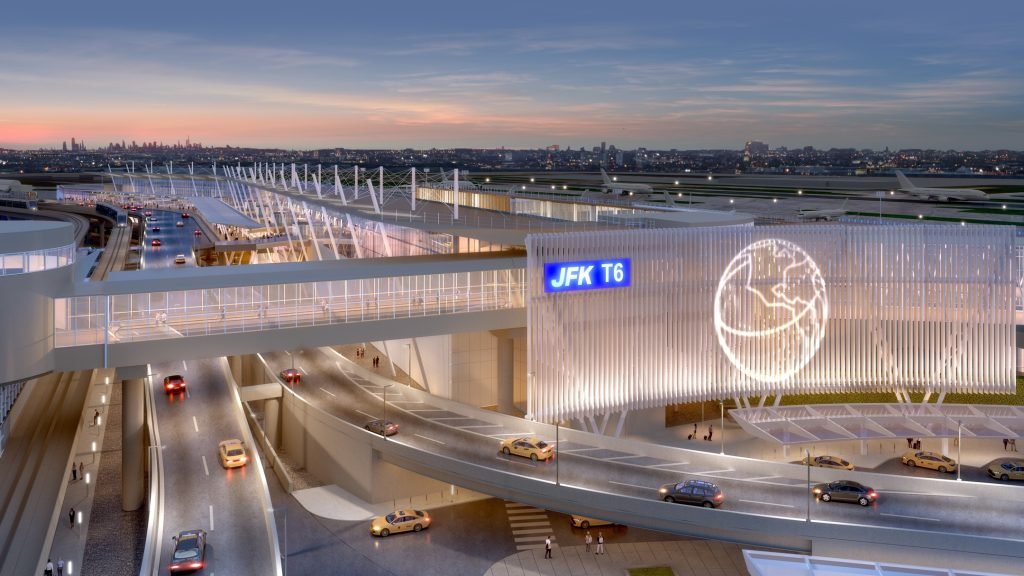
MODERNISATION AND LIGHT
Perhaps no site in the world presents a greater design juxtaposition than Terminal 6. Its immediate neighbour, the iconic TWA Flight Center designed by Eero Saarinen and completed in 1962, stands as a monument to the Jet Age. Now operating as the TWA Hotel, the building is a New York City landmark, listed on the National Register of Historic Places.
Inspired by the Saarinen building, Terminal 6’s design was purposefully monumental, meant to evoke the sky and connection to flight. Visitors are safeguarded from rain and snow by a dramatic roof resembling wings with soaring blades and diagonal rods.
Corgan tapped its research and innovation group, Hugo, to recommend design practices that improve traveller flow and incorporate a touchless experience.
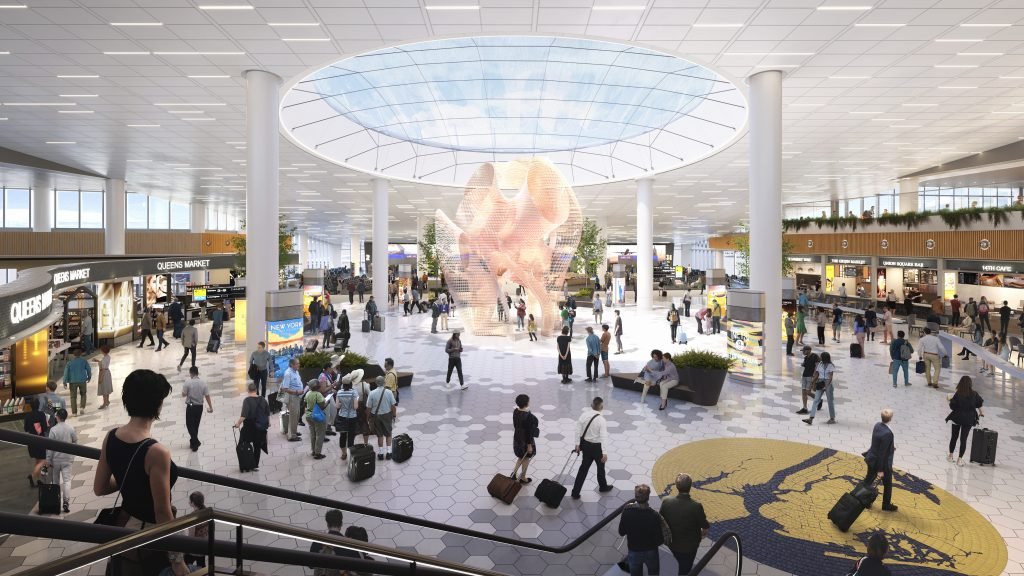
The apron’s layout allows for unconstrained aircraft circulation to maximise operational efficiency. Indoor circulation paths are intuitive, with strong visual cues, open sightlines, and integrated wayfinding.
Generous concourse-level gates accommodate increased foot traffic, while double-height spaces provide natural light and unobstructed runway views. New technology includes biometric processing capabilities from kerb to gate, touchless check-in, automated security lanes, and next-generation baggage handling systems.
The terminal entryway has a striking roof punctuated with skylights affording a glimpse of the sky and reinforce the expression of flight.
Departure level vestibules include translucent canopies, which illuminate at night like lanterns. The linear check-in hall will include one of the longest departures kerbs at JFK and expanded roadways linking two JFK AirTrain Stations.
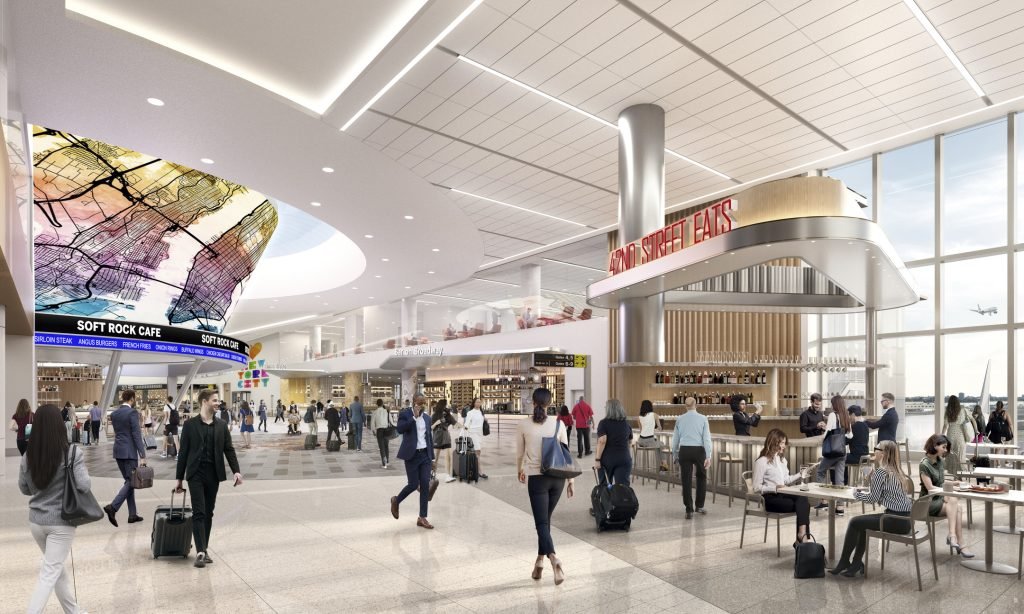
Airside will include a new taxi-lane design for aircraft with a pushback plan to minimise apron congestion and aircraft delays.
The Arrivals area offers an expansive USCBP processing facility, a spacious meeter-greeter area, and space for a premium arrivals lounge in the future.
A TRAVELLER’S JOURNEY
After passing through security, travellers will embark on an exploration of some of the city’s finest food, shops and artwork.
“The new design of JFK’s Terminal 6 represents the very best of what New York has to offer, which is a relentless drive to set new standards and an unwavering commitment to welcoming people of all cultures and countries,” says Jason Koop, chief operating officer for the central region of AECOM Hunt.
It was vital that Terminal 6 represents the spirit of New York. The Arrivals corridor will be lined with art paying tribute to the city’s role in defining culture and art movements globally.
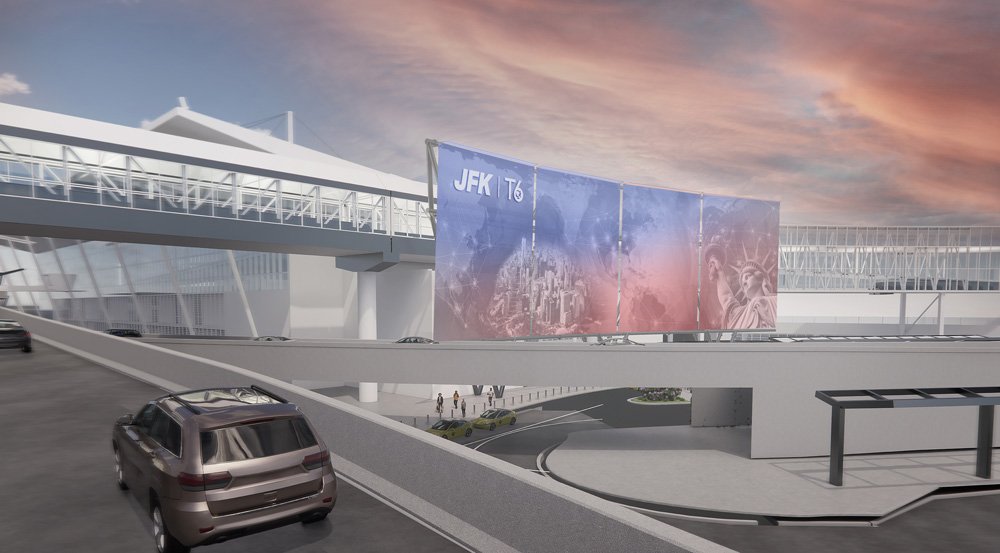
As international passengers descend the escalators they will move through a skylit atrium space with views to the airfield and concourse.
The concessions programme was designed as an homage to New York. Retail and dining reflects the city’s cosmopolitan style. The Arrivals plaza embodies a public city park with paths, seating and planters.
The focal point of the central concourse, a cone-shaped art installation, evokes the energy of Times Square. A circular skylight and cable structure resembles the New York State Pavilion of the 1964 World’s Fair.
The East Hall showcases an 80-foot diameter central oculus skylight. This central ‘piazza’ is the hub of the terminal, inviting visitors to rest and enjoy the view amid angled balconies and quiet holding rooms.
Terminal 6 will offer elevated passenger accessibility, aiming to achieve Rick Hansen Foundation Accessibility Certification.
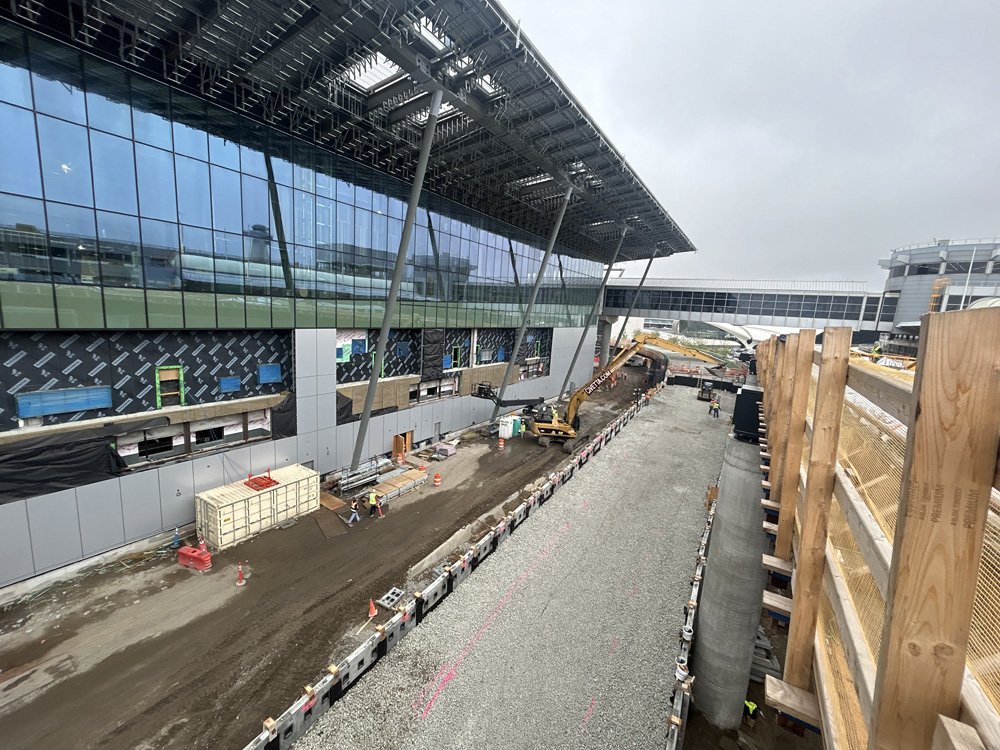
SUSTAINABILITY AND STAYING POWER
Incorporating sustainability was a priority, and the design supports the PANYNJ’s Net Zero Roadmap, which plans to reduce greenhouse gas emissions agency-wide by 2050.
Sustainability strategies include a solar photovoltaic system, aircraft de-icing and fluid recovery process, and a stormwater reclamation system.
High efficiency lighting, custom curtain walls, baggage system motors, use of all-electric ground services equipment and automated building controls will conserve energy and reduce the terminal’s carbon footprint.
The project will pursue LEED Gold certification, which recognises energy efficiency, water conservation, and indoor environmental quality.
Terminal 6 is quickly rising to serve as a one-of-a-kind gateway to millions, while creating an extraordinary first impression.
In a city known for reinvention, Terminal 6 is a bold reminder that progress and legacy coexist – and that the best journeys begin with a thoughtful departure.
About the author
Joseph Adams is an associate principal at global architecture and design firm Corgan. To learn more about Corgan, visit www.corgan.com






